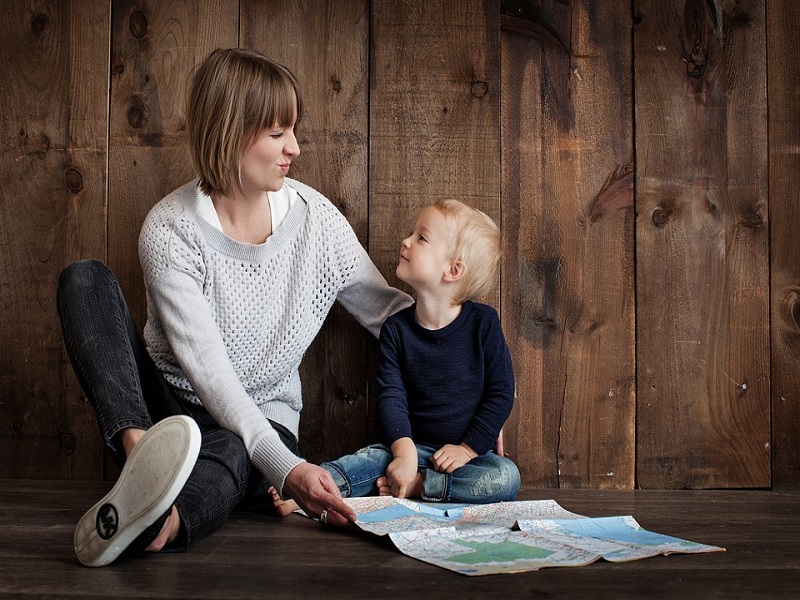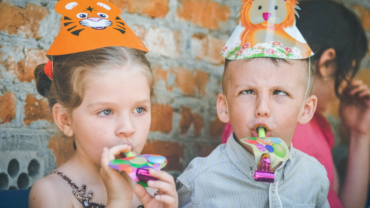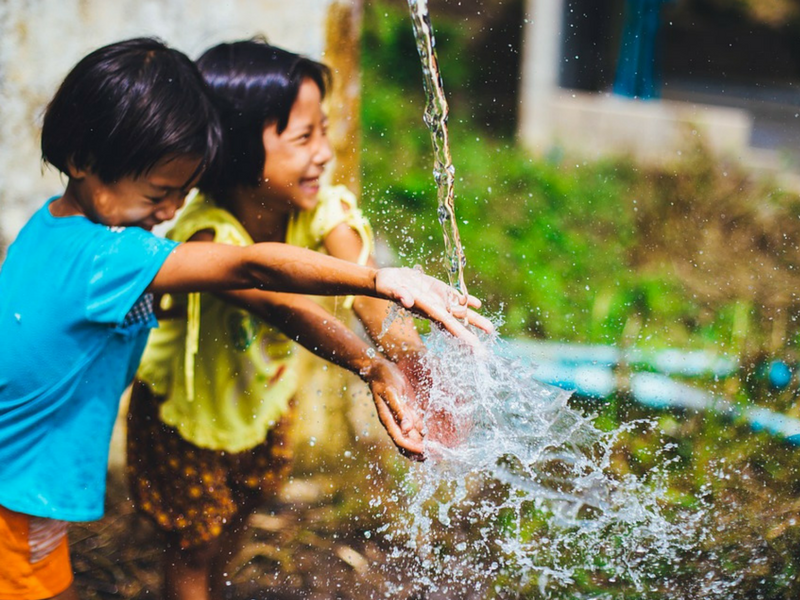There isn’t a set recipe for parents on how to raise a successful child. However, research points to several factors that could help.
Most parents want their kids to stay out of trouble, do well in school, and go on to live successful lives as adults.
And while there isn’t a set recipe for raising successful children, psychology research has pointed to a handful of factors that predict success.
Unsurprisingly, much of it comes down to the parents. Keep reading to take a look at what parents of successful kids have in common.
Drake Baer contributed to a previous version of this article.
They make their kids do chores
“If kids aren’t doing the dishes, it means someone else is doing that for them,” Julie Lythcott-Haims, former dean of freshmen at Stanford University and author of “How to Raise an Adult” said during a TED Talks Live event.
Lythcott-Haims believes kids raised on chores go on to become employees who collaborate well with their coworkers, are more empathetic because they know firsthand what struggling looks like, and are able to take on tasks independently.
They teach their kids social skills
Researchers from Pennsylvania State University and Duke University tracked more than 700 children from across the US between kindergarten and age 25 and found a significant correlation between their social skills as kindergartners and their success as adults two decades later.
The 20-year study showed that children who could cooperate with their peers, be helpful to others, understand their feelings, and resolve problems on their own were far more likely to earn a college degree and have a full-time job by age 25 than those with limited social skills.
Those with limited social skills also had a higher chance of getting arrested, binge drinking, and applying for public housing.
“This study shows that helping children develop social and emotional skills is one of the most important things we can do to prepare them for a healthy future,” said Kristin Schubert, program director at the Robert Wood Johnson Foundation, which funded the research, in a release.
“From an early age, these skills can determine whether a child goes to college or prison, and whether they end up employed or addicted.”
They have high expectations
Using data from a national survey of 6,600 children born in 2001, University of California at Los Angeles professor Neal Halfon and his colleagues discovered that the expectations parents hold for their kids have a huge effect on attainment.
“Parents who saw college in their child’s future seemed to manage their child toward that goal irrespective of their income and other assets,” Halfon said.
The finding came out in standardized tests: 57% of the kids who did the worst were expected to attend college by their parents, while 96% of the kids who did the best were expected to go to college.
This falls in line with another psych finding: The Pygmalion effect, which states “that what one person expects of another can come to serve as a self-fulfilling prophecy.” In the case of kids, they live up to their parents’ expectations.
They have healthy relationships with each other
Children in high-conflict families tend to fare worse than children of parents that get along, according to a University of Illinois study review.
A nonconflictual single-parent family is better for children than two-parent families with conflict, according to the review.
But, conflict between parents before and after a divorce can affect children negatively.
Another study in this review found that 20-somethings who experienced divorce of their parents as children still report pain and distress over their parents’ divorce ten years later.
They’re educated
A 2014 study from the University of Michigan found that mothers who finished high school or college were more likely to raise kids that did the same.
Pulling from a group of over 14,000 children who entered kindergarten from 1998 to 2007, the study found that higher levels of maternal education predicted higher achievement from kindergarten to eighth grade.
A different study from Bowling Green State University suggested that the parents’ education levels when a child is 8 years old “significantly predicted” the education and career level for the child four decades later.
They teach their kids math early on
A 2007 meta-analysis of 35,000 preschoolers across the US, Canada, and England found that developing math skills early can turn into a huge advantage.
“The paramount importance of early math skills — of beginning school with a knowledge of numbers, number order, and other rudimentary math concepts — is one of the puzzles coming out of the study,” coauthor and Northwestern University researcher Greg Duncan said. “Mastery of early math skills predicts not only future math achievement, it also predicts future reading achievement.”
They develop a relationship with their kids
A 2014 study of 243 children born into poverty found that those who received “sensitive caregiving” in their first three years did better in academic tests in childhood than those who did not receive the same parenting style.
Those children also had healthier relationships and greater academic achievement.
“This suggests that investments in early parent-child relationships may result in long-term returns that accumulate across individuals’ lives,” coauthor and University of Minnesota psychologist Lee Raby said.
They value effort over avoiding failure
Where kids think success comes from also predicts their attainment.
Over decades, Stanford University psychologist Carol Dweck has discovered that children (and adults) think about success in one of two ways. Over at Brain Pickings, Maria Popova says they go a little something like this:
- A “fixed mindset” assumes that our character, intelligence, and creative ability are static givens that we can’t change in any meaningful way, and success is the affirmation of that inherent intelligence, an assessment of how those givens measure up against an equally fixed standard; striving for success and avoiding failure at all costs become a way of maintaining the sense of being smart or skilled.
- A “growth mindset,” on the other hand, thrives on challenge and sees failure not as evidence of un-intelligence but as a heartening springboard for growth and for stretching our existing abilities.
Dweck’s mindset theory has attracted valid critiques over the years, but the core tenant of believing that you can improve at something is important to encourage in children
The moms work
According to research out of Harvard Business School, there are significant benefits for children growing up with mothers who work outside the home.
“There are very few things, that we know of, that have such a clear effect on gender inequality as being raised by a working mother,” Harvard Business School professor Kathleen L. McGinn, who led the study, told Working Knowledge.
Daughters of working mothers went to school longer, were more likely to have a job in a supervisory role, and earned more money — 23% more compared to peers raised by stay-at-home mothers.
The sons of working mothers also tended to pitch in more on household chores and childcare, the study found.
But, working mothers aren’t necessarily spending every waking minute outside of work with their children. Women are more likely to feel intense pressure to balance child rearing with workplace ambitions. Ultimately, they spend more time parenting than fathers do.
A 2015 study found the number of hours that moms spend with kids between ages 3 and 11 does little to predict the child’s behavior, well-being, or achievement.
In fact, the study suggests that it’s actually harmful for the child to spend time with a mother who is sleep-deprived, anxious, or otherwise stressed.
“Mothers’ stress, especially when mothers are stressed because of the juggling with work and trying to find time with kids, that may actually be affecting their kids poorly,” study co-author and Bowling Green State University sociologist Kei Nomaguchi told The Washington Post.
It could be more beneficial to spend one fully-engaged hour with a child than spend the whole evening half-listening to your kid while scrolling through work emails.
They have a higher socioeconomic status
One-fifth of American children grow up in poverty, a situation that severely limits their potential.
It’s getting more extreme. According to Stanford University researcher Sean Reardon, the achievement gap between high- and low-income families “is roughly 30% to 40% larger among children born in 2001 than among those born 25 years earlier.”
As social scientist Dan Pink wrote, the higher the income for the parents, the higher the SAT scores for the kids.
“Absent comprehensive and expensive interventions, socioeconomic status is what drives much of educational attainment and performance,” Pink wrote.














